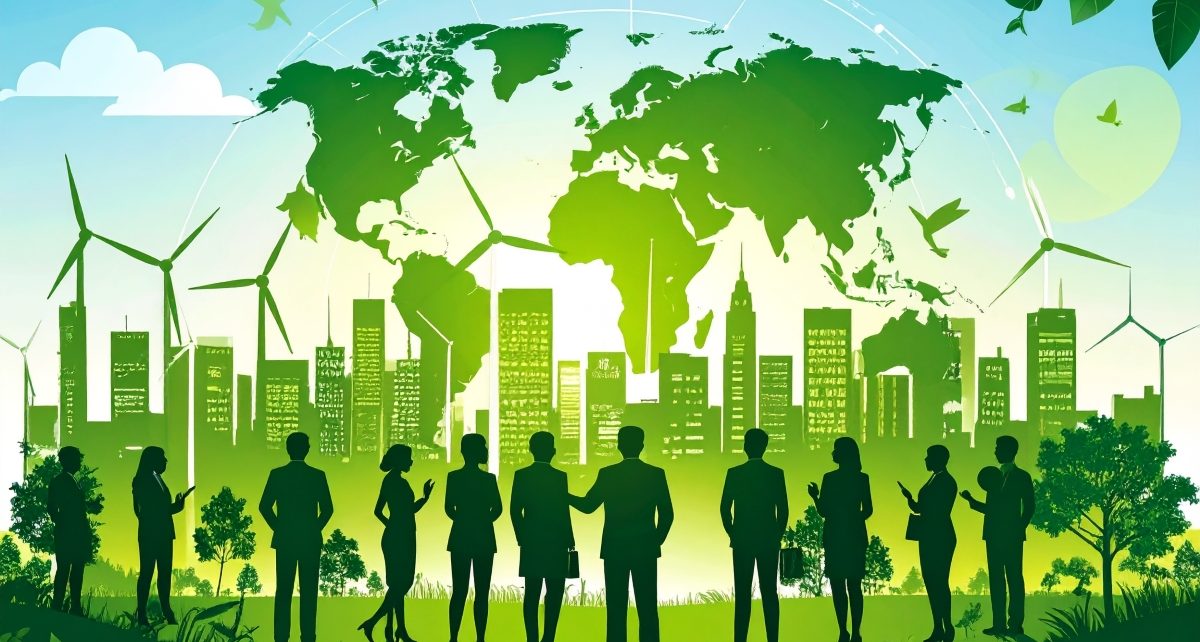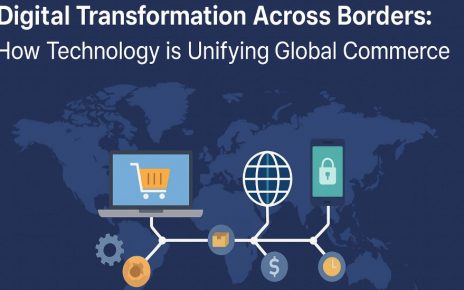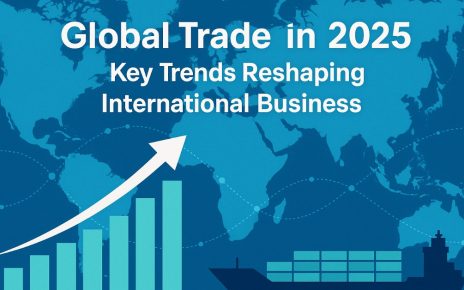The era of globalization is entering a new chapter—one not solely defined by trade liberalization or market access, but by environmental and social responsibility. As climate change, inequality, and ethical governance take center stage in public discourse, Environmental, Social, and Governance (ESG) standards are transforming the rules of international business.
In 2025, ESG is not just a reporting framework; it’s a strategic imperative. Investors, regulators, consumers, and supply chain partners are demanding more than profits—they’re demanding purpose, accountability, and transparency. As a result, global businesses are being reshaped by a new wave of “green globalization”—a movement toward sustainable, inclusive, and ethical growth across borders.
1. ESG as a Global Business Driver
ESG standards evaluate how a company operates in three key areas:
Environmental (E): Carbon emissions, waste management, water usage, and energy efficiency.
Social (S): Labor practices, diversity and inclusion, human rights, and community impact.
Governance (G): Board diversity, executive compensation, transparency, anti-corruption measures.
For multinational corporations, ESG performance is now influencing everything from capital access and insurance premiums to customer loyalty and supply chain partnerships. In short, ESG has become a core metric for competitiveness in the global economy.
2. Investor Pressure and Sustainable Finance
Global investors are prioritizing ESG metrics when allocating capital. In 2025, over $60 trillion in assets under management (AUM) are linked to sustainable investment mandates.
Major financial institutions like BlackRock and Vanguard now require companies to disclose carbon risk and social impact. Failing to meet ESG benchmarks can lead to divestment, higher borrowing costs, and reputational damage.
To meet these demands, companies are issuing green bonds, sustainability-linked loans, and participating in ESG ratings platforms like MSCI, Sustainalytics, and CDP.
3. Regulatory Shifts and Global Standards
Governments and international bodies are no longer relying on voluntary ESG disclosures. Mandatory ESG reporting is gaining momentum:
The EU’s Corporate Sustainability Reporting Directive (CSRD) requires thousands of companies to disclose ESG data starting in 2024–2025.
The U.S. SEC is implementing rules requiring climate-related financial disclosures.
China and ASEAN countries are pushing localized ESG taxonomies and frameworks.
This harmonization of ESG regulations across borders is creating a new layer of compliance for global businesses. It also ensures that greenwashing—false or misleading sustainability claims—is penalized with legal consequences.
4. Supply Chain Sustainability
One of the biggest impacts of ESG standards is being felt in global supply chains. Brands and corporations are being held accountable not just for their operations, but for those of their entire supply network.
Suppliers in developing countries are now expected to meet standards on:
Carbon footprint
Fair labor conditions
Responsible sourcing (e.g., avoiding deforestation, conflict minerals)
Retailers and manufacturers are increasingly auditing their supply chains, using tools like blockchain, satellite imagery, and AI-based risk assessments to ensure transparency and traceability.
Those that fail to adapt risk losing contracts, facing public backlash, or being barred from international markets.
5. ESG and Consumer Behavior
Today’s consumers, particularly Gen Z and Millennials, are using their purchasing power to support brands that align with their values. In 2025:
Over 70% of global consumers say they are willing to pay more for sustainable products.
Fashion brands are being scrutinized for ethical production and textile recycling.
Tech companies are judged by their energy sourcing, data privacy, and digital inclusion.
Companies like Patagonia, Unilever, and IKEA have successfully integrated ESG into their brand identity, earning customer loyalty and competitive advantage.
For international businesses, green branding is no longer optional—it’s essential for growth in both developed and emerging markets.
6. ESG and Trade Policy
Trade policy is also being reshaped by sustainability goals. Countries are introducing green trade tariffs and carbon border adjustment mechanisms (CBAMs) to ensure imported goods meet environmental standards.
For example:
The EU’s CBAM will tax carbon-intensive imports (like steel and cement) based on their carbon content.
The U.S. and Canada are discussing climate-aligned trade agreements.
African nations are negotiating green development corridors with Europe and Asia.
These policies incentivize cleaner production while penalizing environmentally harmful practices—making ESG compliance a passport to global trade.
7. Technological Enablers of ESG
The digital revolution is supporting ESG adoption through real-time data collection, predictive analytics, and smart reporting tools. Emerging technologies like:
IoT sensors for energy and emissions tracking
Blockchain for supply chain traceability
AI for ESG risk monitoring and fraud detection
Cloud platforms for integrated reporting
…are helping companies measure and verify their ESG performance with greater accuracy and accountability.
Tech-driven ESG management is especially vital for multinational corporations managing dozens of operations and partners across jurisdictions.
8. ESG in Emerging Markets
ESG is not limited to developed economies. In fact, emerging markets are embracing green globalization as a path to long-term growth, foreign investment, and industrial modernization.
Countries like:
Vietnam and Indonesia are investing in clean manufacturing and green energy.
Kenya and Rwanda are becoming hubs for ESG-conscious fintech and agritech.
Brazil is leveraging its biodiversity and renewable energy capacity to lead in ESG-driven exports.
International investors are increasingly allocating capital to ESG-aligned projects in developing regions, provided they offer credible governance and measurable impact.
9. Challenges Ahead
While ESG offers immense benefits, challenges remain:
Data quality and standardization: Not all ESG metrics are comparable or reliable.
Greenwashing risks: Companies may exaggerate or misreport ESG progress.
Cost barriers: Smaller firms and suppliers in low-income countries may lack resources to meet ESG standards.
To address these issues, businesses must invest in training, third-party audits, and digital ESG tools, while governments provide technical assistance and inclusive policy design.
Conclusion
“Green globalization” marks a pivotal evolution in how the world does business. ESG standards are not a passing trend—they are the new language of international commerce, guiding decisions on trade, investment, partnerships, and reputation.
Companies that embrace ESG not just as compliance, but as core strategy, will be better positioned to navigate global markets, attract conscious consumers, and build future-proof supply chains.
In an age where values drive value, aligning with ESG is more than smart—it’s essential for thriving in the global economy of tomorrow.



